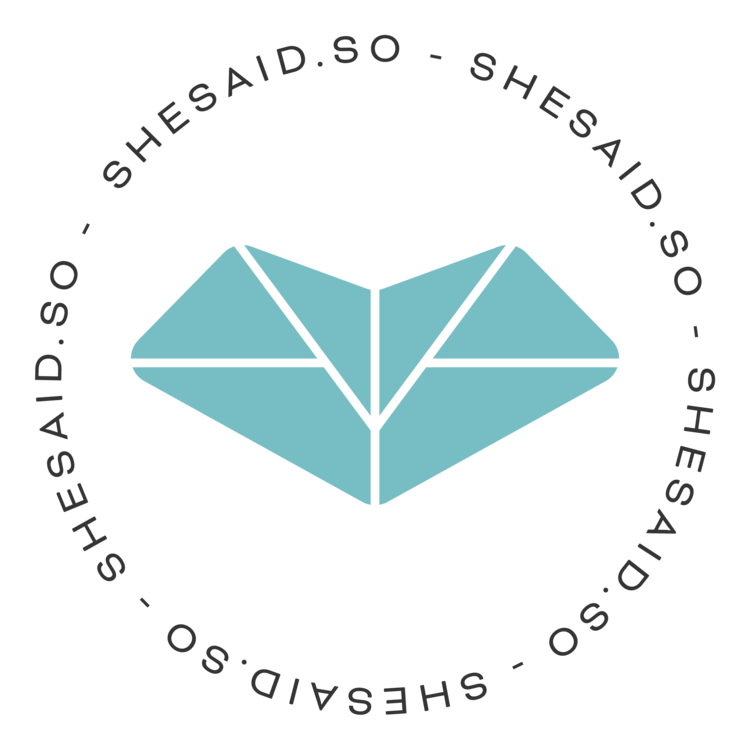Izzy Parrell is the Director of Streaming & Digital Partnerships at 444 Sounds, the boutique management and label services firm founded by industry veteran Joe Aboud. She leads digital strategy across a roster that includes JORDY, ADÉLA, and Michaela Jaé, and works closely with DSPs to build long-term artist growth.
Before joining 444, Parrell spent several years at Apple Music, where she helped shape the platform’s global editorial voice through Viral and Pop playlist curation. She’s also led digital campaigns for artists including 4x GRAMMY-nominated Mickey Guyton and Elijah Blake known for blending authentic storytelling with data to deepen fan connection.
444 Sounds, whose work has been spotlighted by Billboard and Variety, continues to build a reputation for creative digital strategy and artist-first management.
How did you get your start in the music industry, and what led you to focus on streaming and digital strategy?
After graduating from university I moved to Los Angeles in early 2020 to pursue a career in the creative industries. Just two months later, the pandemic hit, and like many others, I found myself job-hunting in a time of major uncertainty. I eventually landed my first industry role through mutual connections at a digital marketing agency, working directly with artists and managers on social media and music rollout strategy. While I’d managed social accounts on the side for years, I knew I didn’t want to stay in that lane long-term. Finding a role that combined music and digital strategy felt like the perfect fit, and about a year later, that path led me to Apple Music.
What does a typical day look like for you as Director of Streaming & Digital Partnerships at 444 Sounds?
Honestly, every day looks a little different, which is what keeps it fun. My job is really about making sure our artists are getting the support they need across all the streaming platforms. That can mean anything from pitching new releases to building timelines, checking in with DSP partners, working with artists, or brainstorming digital ideas with the team.
Some days are super meeting-heavy and I have lots of calls with partners and artists. Other days I’m deep in the weeds on campaign planning, getting assets, or helping shape the narrative around a project. It’s a mix of creative problem-solving, relationship management, and making sure we’re being thoughtful about how and when we show up. I’m always bouncing between the small details and the bigger picture, and that balance is something I really enjoy!
You’ve worked on campaigns that blend storytelling with data. What does that process look like in practice?
Storytelling is a huge part of pitching music. I spend a lot of time crafting narratives around our artists so partners can understand who they are, what drives them, and why their music matters. I think stories help break down the barrier between audiences and artists, making people’s connection to the music feel much deeper.
When I pitch, I always start with the story, a hook that draws people in and gives context to the music. Then I look for data that supports it. That might be streaming numbers showing growth, fan engagement in certain territories, or insights about specific listener groups in different places. Using data this way makes the story feel real and shows that there are people and fans behind the music. The story brings the music to life, and the data shows that the timing is right.
How can independent artists build strong relationships with streaming platforms without a major label behind them?
I think being authentic is one of the most important things when you’re trying to build relationships with streaming platforms. Without a major label backing you, you don’t have all those big resources, so what really makes you stand out is just being real about your music, your story, and your connection with your fans. I often find myself drawn to artists who have a clear sense of who they are and an energy that actually fits the music they make. That kind of authenticity just sticks with you.
What are some common mistakes you see artists or teams make when pitching to DSPs or playlist editors?
Having worked on both sides of the industry, I’ve come to really appreciate how important the little details are when pitching to DSPs. Editors get SO much music every day. It’s a full time job just to sift through it all. Anything you can do to make your song accessible and quick to listen to goes a long way.
They’re often listening to hundreds of songs, so making sure your pitch has clear info, simple listening links, and any useful data can really make the difference between your track getting noticed or getting lost in the shuffle.
3 Values that guide your life
Connection, Compassion, and Authenticity :)


